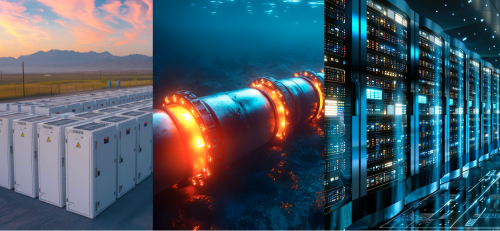Private Investment is Key to Accelerating the Green Transformation (GX). SPARX President Shuhei Abe, a Sapporo Native, Discusses Hokkaido’s Potential
Global Attention Focuses on “National Project”
In April 2025, semiconductor manufacturer Rapidus is set to begin operating its pilot production line in Chitose City, Hokkaido. The company aims to mass-produce next-generation semiconductors with a 2-nanometer process node, a feat yet to be achieved anywhere in the world. Mass production is estimated to require 5 trillion yen, and the Japanese government is investing over 900 billion yen in this “national project.”
Following Rapidus’s move, Chitose City is drawing attention from both Japan and abroad. More than 30 domestic and international semiconductor-related companies have already established a presence, and this number is expected to grow. The mass production of the world’s most advanced semiconductors could serve as a catalyst for deepening connections between Hokkaido and the rest of the world.
Potential manufacturing sites were reportedly considered across Japan. So, why was Hokkaido chosen?
The reason lies in its high potential for renewable energy. Semiconductor manufacturing requires vast amounts of water and electricity. With favorable wind conditions and ample land, Hokkaido was seen as capable of securing sufficient renewable energy from sources like wind and solar power.
An era is coming where industries locate where renewable energy is available.
Hokkaido Possesses Japan’s Foremost Potential
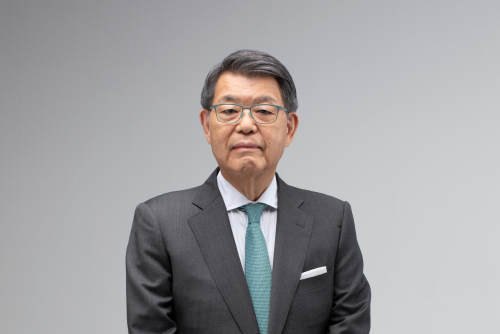
Photo courtesy of SPARX Group
“Hokkaido has Japan’s foremost potential for renewable energy. In government advisory council meetings immediately after the Great East Japan Earthquake, it was already concluded that Hokkaido possessed the most resources. Its power generation capacity will undoubtedly continue to grow,” states Shuhei Abe, President of the investment firm SPARX Group (Tokyo) and a Sapporo native, expressing high hopes for Hokkaido’s renewable energy sector.
President Abe served as a member of the “Energy and Environment Council Cost Verification Committee,” established by the government in 2011 following the Great East Japan Earthquake. Recognizing the renewed importance of renewable energy in the wake of the disaster, SPARX Group was selected through a public bidding process in 2012 to manage the “Public-Private Infrastructure Fund” planned by the Tokyo Metropolitan Government. In the same year, the company established SPARX Green Energy & Technology, a firm dedicated to developing, managing, and operating renewable energy power plants. SPARX has since expanded its investments in the renewable energy field.
“Primarily the favorable wind conditions – this is Hokkaido’s greatest resource. Hokkaido’s energy potential has yet to be fully tapped,” says President Abe. Indeed, according to Ministry of the Environment surveys on renewable energy potential, Hokkaido ranks first in Japan for solar power, wind power, and small/medium hydropower potential, and second for geothermal power. Hokkaido still holds untapped resources.
In 2024, Sapporo City was designated as a “Green Transformation Financial and Asset Management Special Zone” to attract Green Transformation investment that maximizes the use of renewable energy. This reflects the national government’s expectations for Hokkaido’s leading potential within Japan.
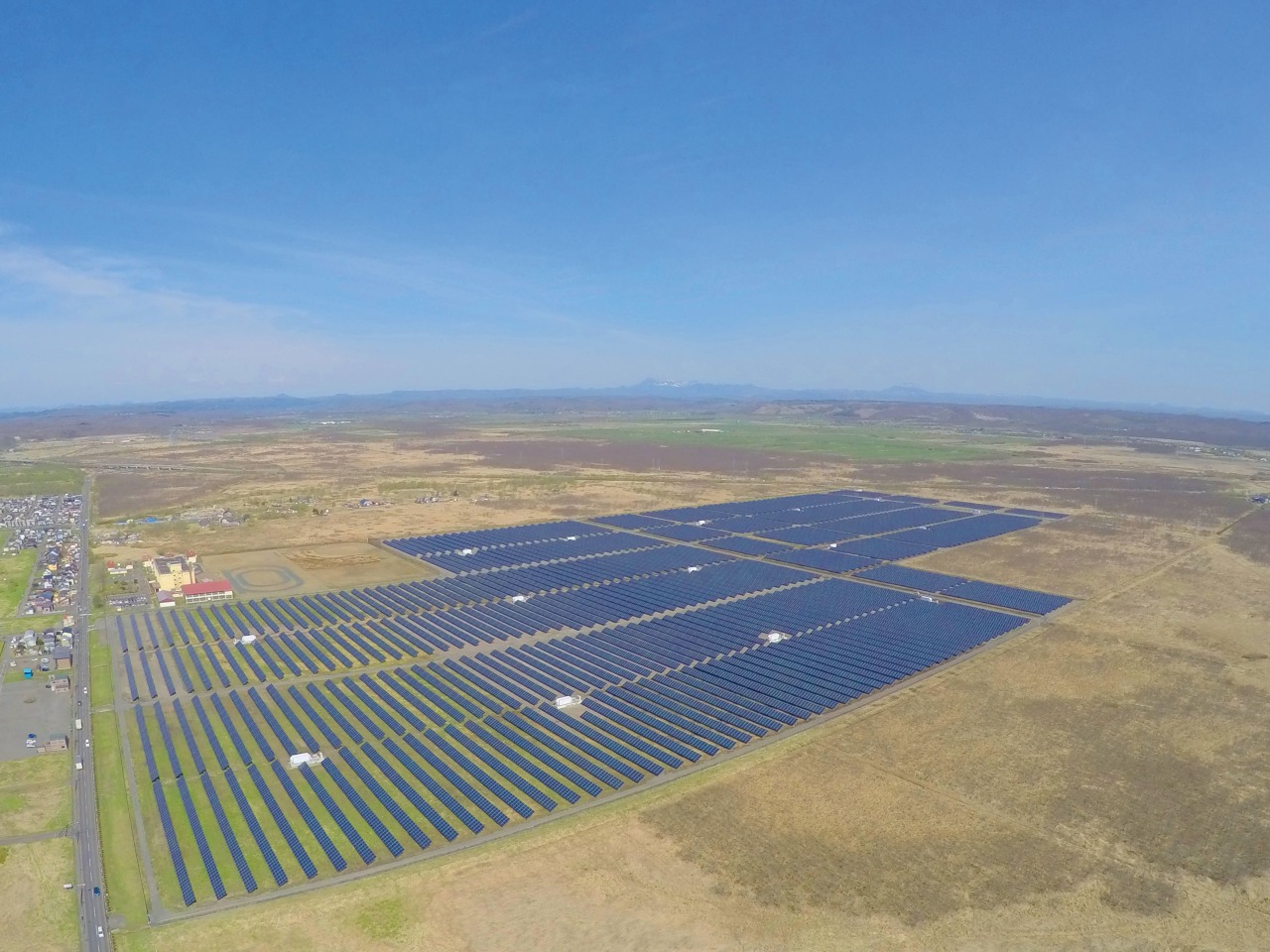
SGET Kushiro Mega Solar Power Plant, Photo courtesy of SPARX Group
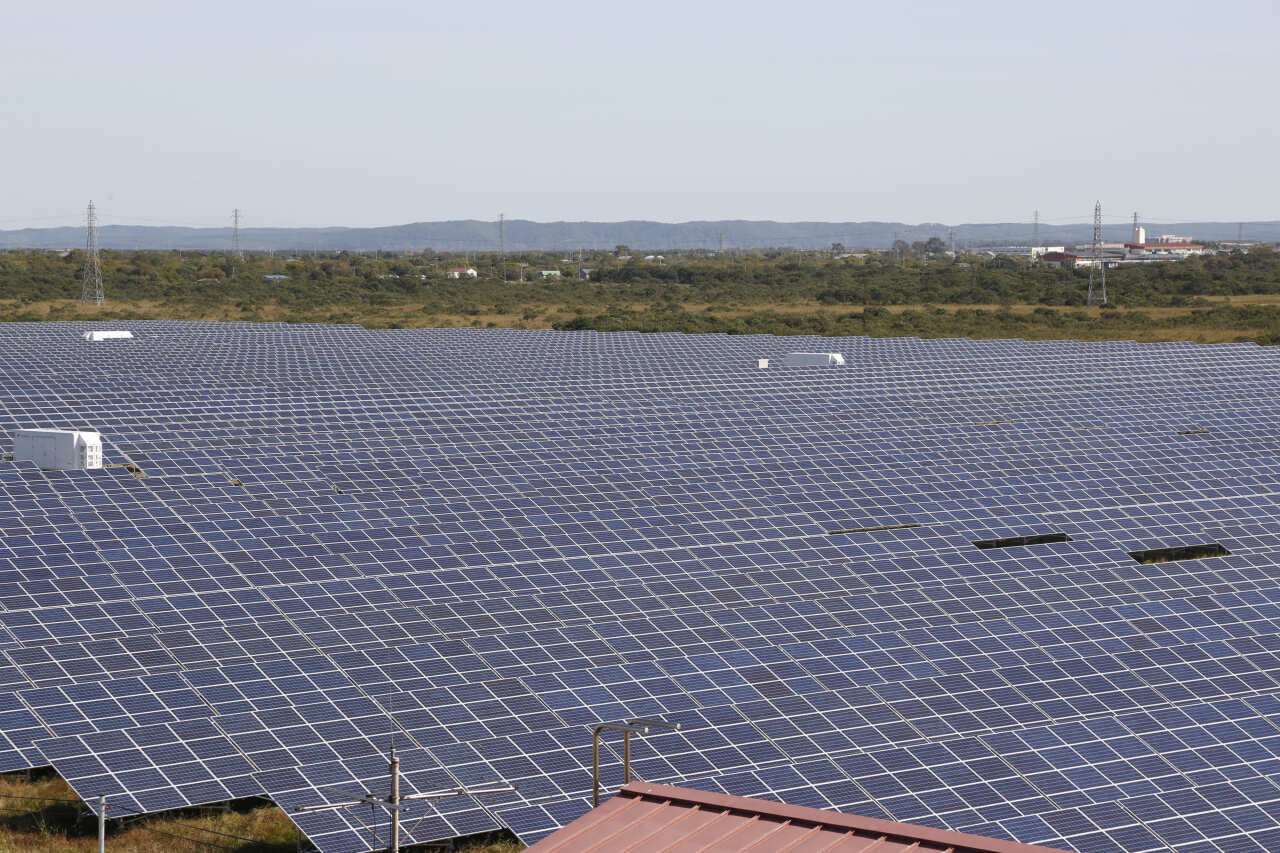
SGET Kushiro Mega Solar Power Plant, Photo courtesy of SPARX Group
Building a Clean Energy Platform
After discussing Hokkaido’s renewable energy potential, President Abe continued, “It’s crucial to build a clean energy platform over a 20- to 30-year timeframe.”
However, Japan’s share of renewable energy in its power mix remains low. According to the Agency for Natural Resources and Energy (METI), while the target for renewables in the fiscal year 2030 power mix is 36-38%, the actual ratio as of fiscal year 2023 was only 22.9%.
President Abe notes, “Electricity needs to be considered with multiple solutions. We cannot irresponsibly say ‘let’s just use green energy.’ The challenge is how to optimize it. I believe that once the energy transition begins, it will proceed at tremendous speed. In my childhood, the shift from coal to kerosene fuel happened incredibly quickly. When the time comes, change happens fast. We need to be prepared.”
An unavoidable topic when advancing renewable energy projects is the discussion around deregulation. President Abe explains, “Existing energy policies form the basis, inevitably leading to situations where rules don’t match reality. Making one change often necessitates altering the entire system. This is a demanding task for administrative officials. However, when taking a bird’s-eye view of the next era, changing the rules is necessary. Those of us involved in renewable energy must continue our advocacy efforts to gain understanding.”
Sapporo’s designation as a Special Zone enables fundamental regulatory reform. To advance Japan’s renewable energy, integrated discussions involving local governments and businesses are essential.
Upfront Investment in Building a Hydrogen Supply Chain
SPARX is making upfront investments anticipating a future where renewable energy becomes the primary power source. Its subsidiary, SPARX Green Energy & Technology, began operating green hydrogen production facilities derived from renewable energy in Tomakomai City, Hokkaido, starting March 2025. This is a demonstration project aimed at establishing a supply chain encompassing production, storage, transport, and utilization.
Water electrolysis equipment is installed on city-owned land. The electricity needed for production is sourced not from the grid but from solar power generation and surplus electricity from the city’s biomass power plant. The produced hydrogen is stored in high-pressure tanks and transported via trailers to various facilities. This hydrogen is then utilized in boilers, stoves, and fuel cells at nearby facilities and companies.
While large-scale hydrogen projects are planned nationwide from 2030 onwards, SPARX, despite being an investment firm, is proactively developing this business as an operator. SPARX President Abe states, “We started this because concrete, investable projects haven’t matured yet. As an investment firm, this is not a profitable investment at all right now. However, looking ahead, it benefits Hokkaido, and by learning a great deal from the business, we can eventually deliver returns to our investors.” He adds, “Usage methods are still limited, and hydrogen is costly. However, it’s very clean when burned. As an investor, hydrogen is interesting.”
Although not an immediately profitable venture, the construction of this circular model contributes to creating new value in Hokkaido. It is expected to serve as a catalyst for attracting further investment.
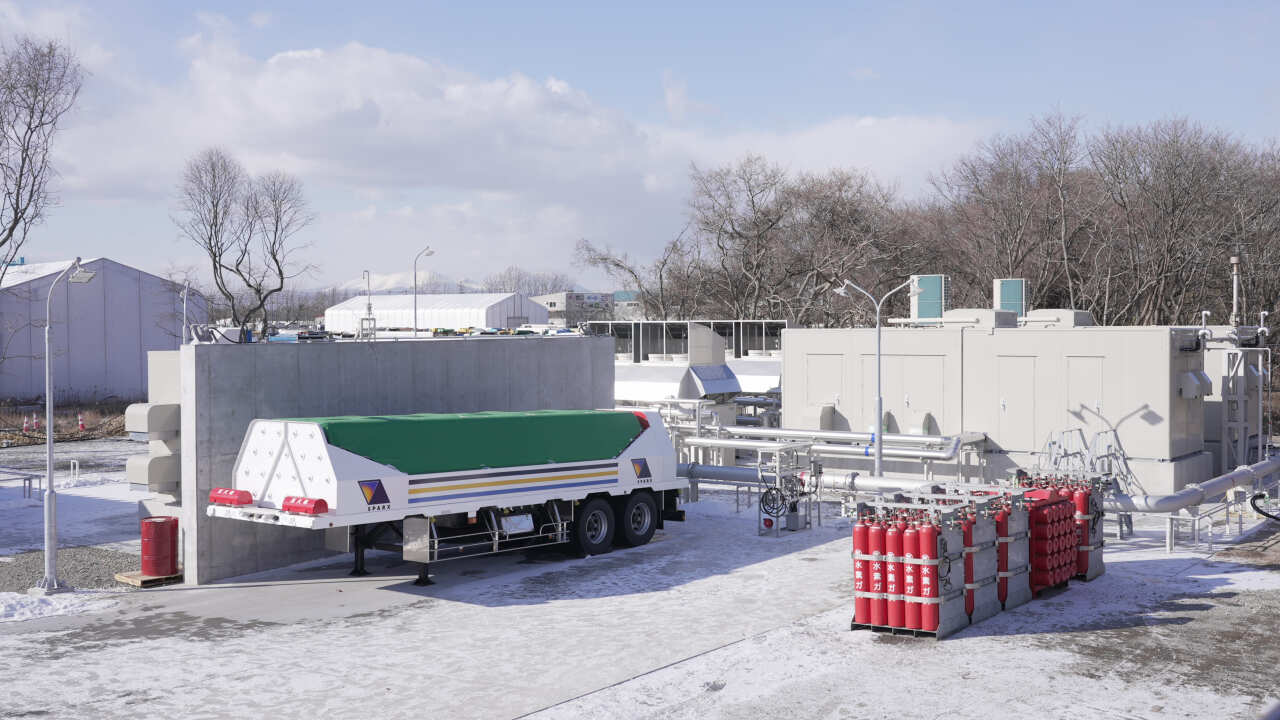
Tomakomai City / Hydrogen Production Plant, Photo courtesy of SPARX Group
Moving Beyond Dependence on Public Investment and Boosting Name Recognition
President Abe points out that low private investment has been a long-standing issue for Hokkaido. Private fixed capital formation, indicating the ratio of private investment to gross regional product, was 10.3% in fiscal year 2021. With the national ratio relative to GDP being 16.0%, Hokkaido’s extremely low level of private investment is evident. Conversely, public investment accounted for 8.2% in Hokkaido, compared to 5.1% nationally, indicating a high degree of dependence. Moving forward, the key will be whether Hokkaido can shift away from reliance on public investment and enable the private sector to create value.
President Abe remarks, “Currently, activity is concentrated in Sapporo City, but the driving force behind that was investment and migration from Honshu [Japan’s main island]. However, the reality is that significant growth hasn’t been seen since the 1972 Sapporo Olympics. To advance projects that generate new value within Hokkaido, we must have the will and wisdom to introduce private capital.”
Meanwhile, a challenge in attracting overseas Green Transformation investment to Hokkaido is its global name recognition. According to a 2023 survey by the Development Bank of Japan (DBJ), awareness of “Hokkaido” and “Sapporo” is high in Asia, with 70% of respondents in Taiwan and Hong Kong knowing of Hokkaido. However, awareness was only 10% in the United States and the United Kingdom, and just 7.2% in France. Even in neighboring China, the figure was only 40%.
President Abe says, “Having lived in the US for a long time, I know that few people are aware that Hokkaido is the northernmost part of Japan. Hokkaido has so much it should be communicating overseas. With national projects like Rapidus, new developments are underway. It’s no longer just a remote corner of the Japanese archipelago. We need to collectively communicate Hokkaido’s significance.”
Hokkaido Prefecture and Sapporo City are also focusing on boosting overseas recognition. In January 2025, they held a joint seminar in New York City to attract Green Transformation investment. The seminar highlighted the region’s renewable energy potential and introduced subsidies and tax incentives for foreign companies establishing operations or conducting site visits, encouraging investment in Hokkaido. A food and tourism promotion event was held concurrently, featuring Sapporo ramen, Japanese sake, and other local specialties to showcase the region’s culinary and tourism appeal.
Financial professionals attending the event offered positive feedback, such as, “It was a valuable opportunity to understand Hokkaido’s investment environment and specific support measures, and I became interested. I’d like to continue exchanging information,” expressing anticipation for future initiatives by Hokkaido and Sapporo.
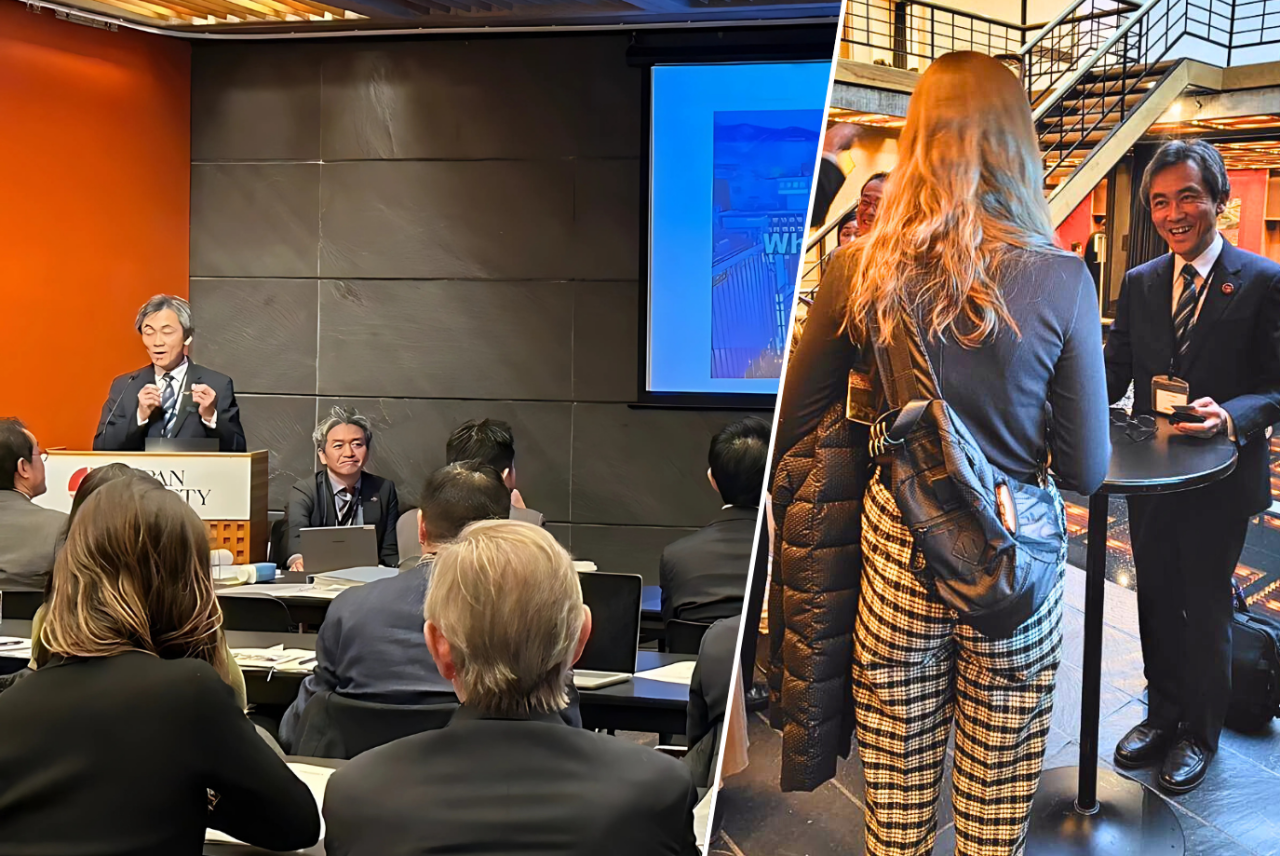
Photo courtesy of Sapporo City
How should Hokkaido communicate its potential? Green Transformation investment requires a long-term perspective rather than short-term returns. To convince potential investors to bet on Hokkaido’s possibilities as an attractive investment target, continuous outreach both domestically and internationally is essential. Promoting Hokkaido from all angles, including its rich tourism resources, to increase the number of its “fans” could also be a way forward. The role of Sapporo City, now a financial Special Zone, is likely to become increasingly significant.



